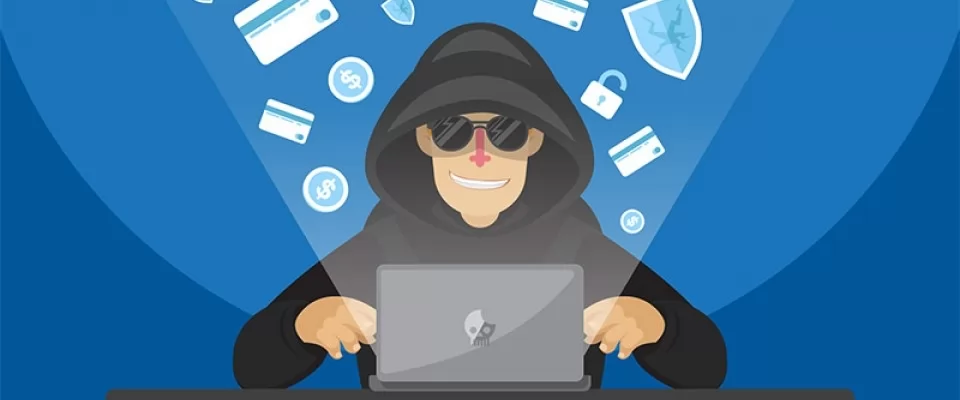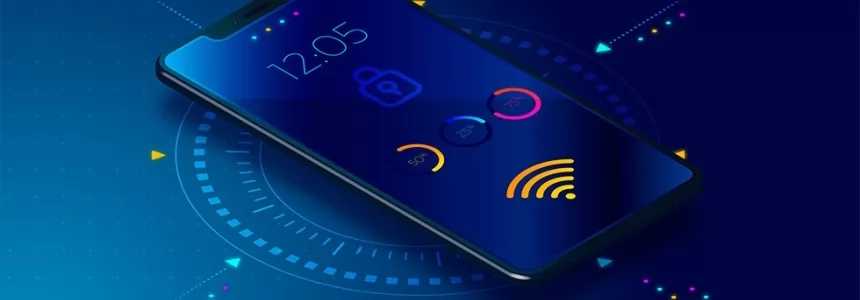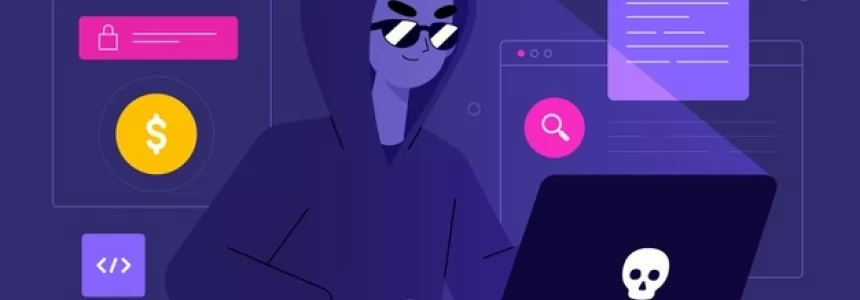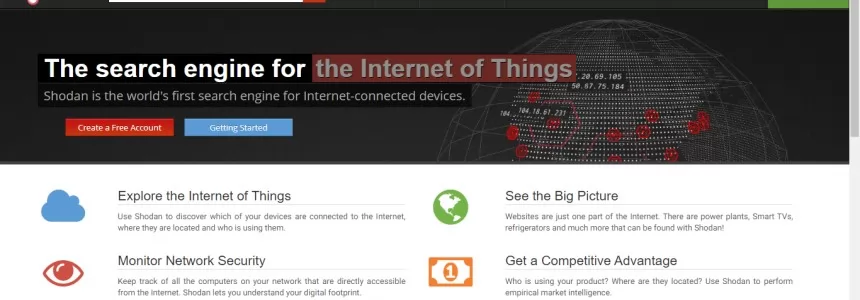
Safeguarding Your Journey in the Digital Age
As technology continues to advance, navigation systems have become an integral part of our daily lives. From GPS-enabled smartphones to in-car navigation systems, we rely on these tools to guide us to our destinations efficiently. However, with the rise in cyber threats, it's important to understand the potential risks associated with navigation systems. In this article, we will explore how hackers can exploit vulnerabilities in navigation systems and provide practical tips to protect your digital security while navigating.
1. Fake Wi-Fi Networks:
Hackers often set up rogue Wi-Fi networks with names similar to legitimate public networks. When you connect to these networks while using navigation apps, hackers can intercept your data, including your location information. To mitigate this risk, always connect to secure and trusted Wi-Fi networks, preferably with password protection.
2. Malicious Apps:
Downloading navigation apps from unofficial sources can expose you to malware and malicious applications. These apps may contain hidden spyware or keyloggers, allowing hackers to gain unauthorized access to your device and track your movements. Stick to reputable app stores such as Google Play Store or Apple App Store, and read user reviews and ratings before downloading any navigation app.
3. GPS Spoofing:
GPS spoofing is a technique used by hackers to manipulate GPS signals and deceive navigation systems. By falsifying location data, they can misguide you or divert you to unsafe areas. To protect yourself, keep your navigation app updated with the latest security patches and use trusted apps from reputable developers.
4. Bluetooth Vulnerabilities:
Many navigation systems connect to smartphones or other devices via Bluetooth for hands-free calling or media streaming. However, Bluetooth connections can be vulnerable to hacking. Hackers can exploit security weaknesses in Bluetooth protocols to gain unauthorized access to your device and potentially compromise your personal information. Ensure that your Bluetooth settings are set to "non-discoverable" or "invisible" mode when not in use, and be cautious when pairing your devices with unfamiliar or public Bluetooth connections.
5. Phishing Attacks:
Hackers may send fraudulent navigation-related emails or text messages that appear to be from legitimate sources. These messages often contain malicious links or attachments, designed to trick you into providing sensitive information or installing malware. Be skeptical of unsolicited messages and avoid clicking on suspicious links or downloading attachments without verifying their authenticity.
6. Software and Firmware Updates:
Regularly updating your navigation system's software and firmware is crucial for maintaining security. Developers often release updates to address vulnerabilities and strengthen the system's defenses against emerging threats. Enable automatic updates whenever possible or periodically check for updates manually.
Conclusion:
While navigation systems have undoubtedly made our lives more convenient, they also come with potential security risks. By understanding the methods hackers employ and implementing proactive security measures, you can navigate safely and protect your digital privacy. Stay vigilant, choose reputable apps and networks, keep your devices up to date, and remain cautious of suspicious communications. By following these practices, you can enjoy the benefits of navigation technology while minimizing the chances of falling victim to cyberattacks.
Design vector created by freepik - www.freepik.com

Silvia Mazzetta
Web Developer, Blogger, Creative Thinker, Social media enthusiast, Italian expat in Spain, mom of little 9 years old geek, founder of @manoweb. A strong conceptual and creative thinker who has a keen interest in all things relate to the Internet. A technically savvy web developer, who has multiple years of website design expertise behind her. She turns conceptual ideas into highly creative visual digital products.
Related Posts
Android Hidden Codes: unveiling custom dialer codes and their functionality
In the world of Android smartphones, there exist numerous hidden codes that can unlock a treasure trove of functionalities and features. These codes, known as custom dialer codes, provide access…
Network attacks and how to avoid them
Nowadays it is impossible to list all the different types of attacks that can be carried out on a network, as in the world of security this varies continuously. We…
Install MacOS on PC - the Ultimate Guide (Hackintosh)
There has always been a belief that the Apple MacOS Operating System could only be installed on computers sold directly by Apple. But on the Internet there is a large…
The BleedingTooth vulnerability and other Bluetooth security risks
Have you ever heard of BleedingTooth? And we do not mean the really disturbing looking mushroom which goes by this name and is totally real (we double checked) but one of…
How to watch deleted or private Youtube videos
Today we are going to talk about the technique which you permit to be able to recover videos from Youtube that was deleted, made private or simply blocked by Youtube…
Google Dorks: How to find interesting data and search like hacker
Go the words Google and Hacking together? Well if you thought that we will learn how to use hack Google, you might be wrong. But we can Use Google search engine…
What is a Cryptophone and how it works
The so-called cryptophones, are anti-interception smartphones as they use encryption methods to protect all communication systems. Here are all the details and the truth about these "unassailable" phones. The recent Encrochat affair,…
Popular DNS Attacks and how to prevent them
DNS services are essential for web browsing. However, it is one of the most vulnerable to attacks. This guide will detail the most dangerous DNS attacks and some actions that…
5 popular Dark Web sites
People tend to confuse the terms Deep Web and Dark Web, and while they are related, they are not exactly the same. The Deep Web is essentially the entire Internet…
The best Internet search engines used by hackers
Today, many users wonder what tools hackers use to look for different vulnerabilities on devices that are connected to the Internet. Normally, everyone uses specific tools, but there are search…
Google Search hacks to Use Google More Efficiently
Modern folks have grown up with having all the world's data at their fingertips with super mobile phones glued to our palms. Or it's what we've always believed. Sometimes the…
Unlock Hidden SmartPhone Features with these Secret Codes
Unstructured Supplementary Service Data (USSD), sometimes known as "quick codes" or "feature codes", is an extra-UI protocol, which allows people to access hidden features. This protocol was originally created for…













